Hoover Reservoir Report
Last Updated: December 27, 2025
Hoover Dam, also known as Boulder Dam, is a federal-owned structure located in Laughlin, Nevada, along the Colorado River.
°F
°F
mph
Wind
%
Humidity
Summary
Completed in 1935 by the Bureau of Reclamation, this concrete dam stands at an impressive height of 730 feet and serves multiple purposes including hydroelectric power generation, irrigation, and water supply for the region. With a storage capacity of over 30 million acre-feet, Hoover Dam plays a crucial role in water management and energy production in the area.
Managed and regulated by the Bureau of Reclamation, Hoover Dam has a spillway width of 400 feet and a hazard potential rated as high, indicating the importance of proper maintenance and inspection. The dam's risk assessment is classified as very high, emphasizing the need for vigilant risk management measures. Despite its age, Hoover Dam continues to be a vital infrastructure for the region, providing essential services and contributing to the local economy through hydroelectric power generation.
As a key landmark in water resource management and climate resilience, Hoover Dam stands as a testament to human engineering and innovation. Its towering presence and historical significance make it a must-visit destination for water resource and climate enthusiasts, offering a glimpse into the intersection of technology, nature, and sustainability. With its impressive structural design and strategic location along the Colorado River, Hoover Dam remains a symbol of human ingenuity in harnessing the power of water for the benefit of society.
Year Completed |
1935 |
Dam Length |
1244 |
Dam Height |
730 |
River Or Stream |
COLORADO RIVER |
Primary Dam Type |
Concrete |
Surface Area |
162700 |
Hydraulic Height |
592 |
Drainage Area |
167800 |
Nid Storage |
30237000 |
Structural Height |
730 |
Hazard Potential |
High |
Foundations |
Rock |
Nid Height |
730 |
Seasonal Comparison
Weather Forecast
Nearby Streamflow Levels
Dam Data Reference
Condition Assessment
SatisfactoryNo existing or potential dam safety deficiencies are recognized. Acceptable performance is expected under all loading conditions (static, hydrologic, seismic) in accordance with the minimum applicable state or federal regulatory criteria or tolerable risk guidelines.
Fair
No existing dam safety deficiencies are recognized for normal operating conditions. Rare or extreme hydrologic and/or seismic events may result in a dam safety deficiency. Risk may be in the range to take further action. Note: Rare or extreme event is defined by the regulatory agency based on their minimum
Poor A dam safety deficiency is recognized for normal operating conditions which may realistically occur. Remedial action is necessary. POOR may also be used when uncertainties exist as to critical analysis parameters which identify a potential dam safety deficiency. Investigations and studies are necessary.
Unsatisfactory
A dam safety deficiency is recognized that requires immediate or emergency remedial action for problem resolution.
Not Rated
The dam has not been inspected, is not under state or federal jurisdiction, or has been inspected but, for whatever reason, has not been rated.
Not Available
Dams for which the condition assessment is restricted to approved government users.
Hazard Potential Classification
HighDams assigned the high hazard potential classification are those where failure or mis-operation will probably cause loss of human life.
Significant
Dams assigned the significant hazard potential classification are those dams where failure or mis-operation results in no probable loss of human life but can cause economic loss, environment damage, disruption of lifeline facilities, or impact other concerns. Significant hazard potential classification dams are often located in predominantly rural or agricultural areas but could be in areas with population and significant infrastructure.
Low
Dams assigned the low hazard potential classification are those where failure or mis-operation results in no probable loss of human life and low economic and/or environmental losses. Losses are principally limited to the owner's property.
Undetermined
Dams for which a downstream hazard potential has not been designated or is not provided.
Not Available
Dams for which the downstream hazard potential is restricted to approved government users.

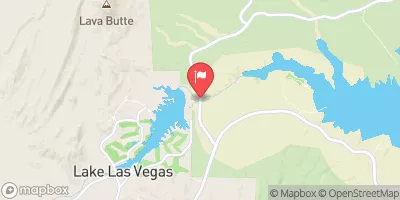
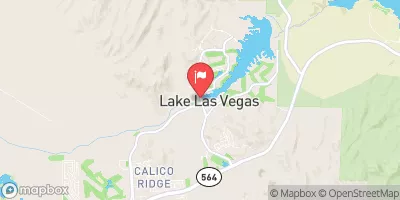
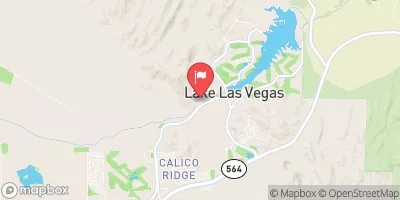
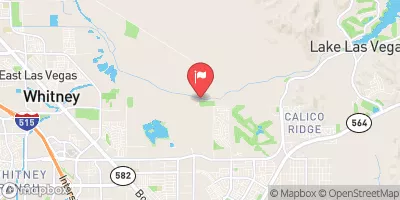


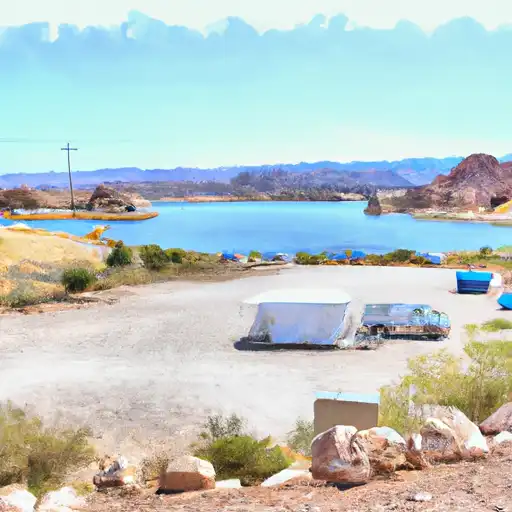 Boulder Beach RV - Lake Mead National Rec Area
Boulder Beach RV - Lake Mead National Rec Area
 Boulder Beach Campground
Boulder Beach Campground
 Campsite
Campsite
 Boxcar Canyon Dispersed - Lake Mead NRA
Boxcar Canyon Dispersed - Lake Mead NRA
 Crawdad Cove Dispersed - Lake Mead NRA
Crawdad Cove Dispersed - Lake Mead NRA
 Callville Bay Campground
Callville Bay Campground
 Hoover
Hoover
 Lake Mead
Lake Mead